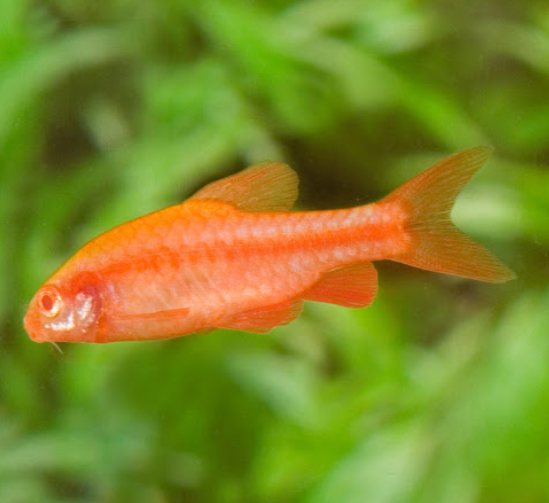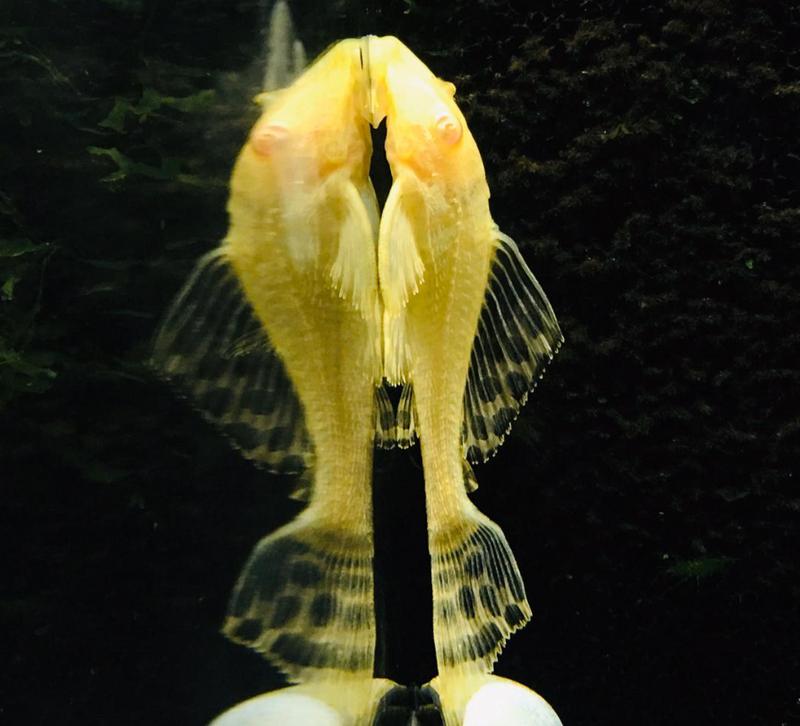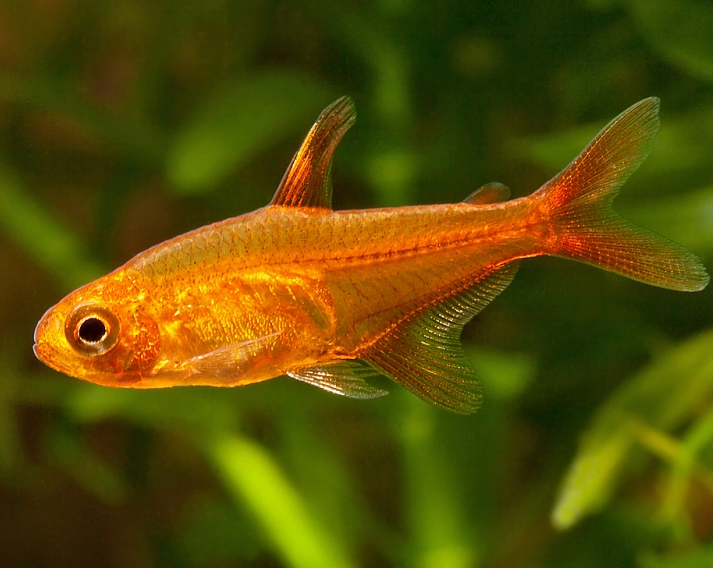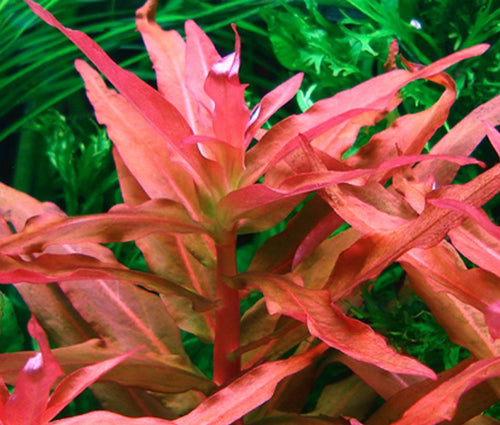The Dwarf Chain Loach is a very small member of the botia/loach family and is one of the few members of this popular fish family that is often appropriate for the heavily planted aquarium. Its endless activity and outgoing personality, coupled with its beautiful coloration and adaptability, make it an excellent candidate for many aquariums.
The Dwarf Chain Loach (Ambastaia sidthimunki) is a nano-sized member of the loach/botia family indigenous to Thailand. While its limited wild populations are in decline and nationally protected, this fish has fairly recently been farmed on a commercial level in the United States. In addition to its very attractive appearance, this beautiful loach is also highly desired due to its extremely active and outgoing personality as well as its relative adaptability. This is a fairly rare species and it is one of the few traditionally-shaped loach/botia species that can be considered a “nano” fish that is appropriate for heavily-planted aquariums.
The Dwarf Chain Loach is an omnivorous micropredator requiring a diet of meaty foods regularly supplemented with vegetable and fruit matter. It will often accept high quality dry foods, but its diet should also include regular offerings of live/frozen meaty foods of invertebrate origin. It also eats a fair amount of vegetable or fruit matter, so these items should be offered in sparing amounts on a regular basis. There are some reports that the Dwarf Chain Loach may occasionally eat soft leaf plants, so care should be taken to observe this fish when adding it to an aquarium with such plants. It is not known to bother more durable plants with heavier leaves, such as Anubias, Java Fern, Moneywort, and most mosses, among many other plants. In most cases, the Dwarf Chain Loach will not do significant damage to well-established plants in a larger aquarium as long as it is well-fed, including regular, but sparing vegetable and fruit matter in its diet.
The aquarium of the Dwarf Chain Loach should include plenty of plants, rockwork, and driftwood. Plenty of cover is necessary for this species and will ensure the most activity and least stress. The Dwarf Chain Loach is an active species that also needs plenty of clear room in the aquarium for swimming and exploring. It exhibits a very sophisticated schooling behavior and social hierarchy where each individual species constantly strives to be the “leader of the school” by swimming to the front of the group. While this behavior may seem aggressive, it generally involves no real fighting and results in an exceptional level of activity. As long as the school includes at least 6-8 specimens, aggression or bullying within the school will be minimal or nonexistent. However, if the Dwarf Chain Loach is kept solitarily or in too small of a group, it can become withdrawn or aggressive.
The Dwarf Chain Loach will thrive in a planted aquarium with very clean, well-maintained, high-oxygen water of moderate or high water flow and is generally peaceful with other species of fish, although its boisterous nature can be stressful to other very passive fish. It is an excellent tankmate for most rasboras, tetras, danios, livebearers, and other schooling fish that inhabit the middle and upper levels of the water column. In a spacious tank, it can also be kept with other bottom-dwelling fish that are not too timid or prone to be outcompeted at feeding time. The Dwarf Chain Loach, like most typical loaches, often preys on tiny shrimp and snails. This is very useful in helping reduce “pest snails,” but must also be considered with larger ornamental snails and shrimp. While The Dwarf Chain Loach is not likely to directly prey on larger Mystery, Nerite, Trapdoor, and other snails, it may incessantly harass them, especially in a smaller tank. This can cause extreme stress and starvation in the snails over time. Please exercise care and observation if you are considering keeping the Dwarf Chain Loach with ornamental snails or shrimp. We do not recommend keeping this fish with dwarf shrimp, and we recommend caution in keeping it with larger shrimp in a smaller tank.





